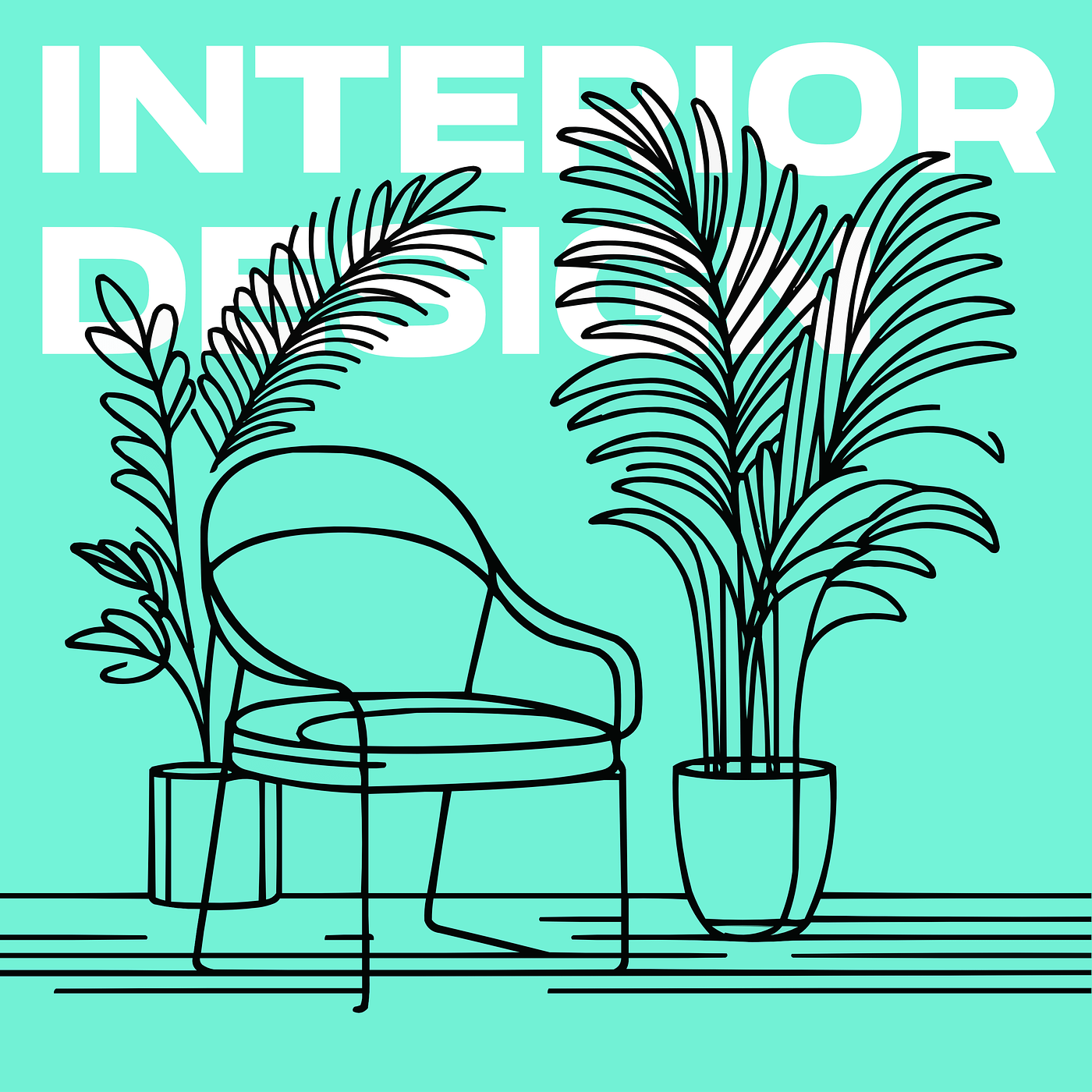Podcast Episode Details
Back to Podcast Episodes
The Art of Zoning: Sculpting Your Space into Purposeful Areas
Hello and welcome, dear listeners, to another delightful journey through the world of interior design. Today, we're diving into an aspect of design that's incredibly transformative yet often overlooked: the art of zoning. This technique is like the conductor of an orchestra, directing the flow and function of each section of your space to create a harmonious and efficient living environment. So, whether you’re a seasoned design enthusiast or just starting to dabble, this episode is for you. Zoning, in its essence, is about division and purpose. It's about creating distinct areas within a space that serve different functions while ensuring a cohesive overall aesthetic. This can be as simple as demarcating a reading nook in a living room or as complex as designing a multi-use open-plan space that accommodates living, dining, and working areas. The beauty of zoning is its flexibility and its power to transform how we perceive and interact with our spaces. Let's start by exploring why zoning is crucial. In today's world, where living spaces are often multifunctional, having clearly defined zones helps in creating a sense of order and flow. It allows for activities to coexist comfortably without overcrowding or clutter. Imagine preparing dinner in the kitchen, while your partner works at a desk in the living area, and your children play in a designated nook—all within the same open-plan space. Here, zoning creates a sense of harmony and balance, allowing each activity its rightful place. So, how do we achieve this? The first step in zoning is to identify the activities that your space needs to accommodate. This could range from cooking, dining, working, relaxing, to entertaining. Once you have this list, the next step is space planning—determining where each zone should be located based on the room’s layout and the activities’ specific needs. For instance, a dining area might be best placed near the kitchen for easy serving, while a workspace could benefit from being near a window for natural light. There are several tools at our disposal to effectively create zones: lighting, furniture, color, and even flooring can serve as cues to visually and physically separate areas. Strategic lighting can highlight certain sections of a room, creating focal points that draw attention. Furniture, such as bookcases or console tables, can act as practical dividers, while rugs can define areas without the need for physical barriers. Color and texture can also delineate spaces—using a specific color scheme or wall texture in one area can cue its intended use and mood. One inspirational example of successful zoning is the concept of ‘activity pockets.’ These are small, purpose-driven spaces created within larger areas for specific tasks. A small desk tucked into a quiet corner of the living room becomes a dedicated workspace; a cozy armchair with a lamp and a small table by a window becomes a perfect reading nook. These pockets of activity encourage a more organized and purposeful use of space, enhancing the overall functionality and aesthetic of your home. As we wrap up today’s episode, remember that the art of zoning is about more than just physical division; it’s about crafting environments that reflect and accommodate our diverse needs and activities. By thoughtfully applying the principles of zoning, we create spaces that are not only beautiful but also deeply functional and reflective of our unique lifestyles. So, I encourage you to look at your own spaces through the lens of zoning. Whether it’s reimagining a room or planning a future home, think about how you can use zoning to bring greater harmony, functionality, and joy into your living environments. Until next time, keep dreaming, designing, and transforming your spaces into places where life's best moments unfold. Thank you for joining us on this journey today, and we look forward to exploring more interior design wonders with you in our next episode.
Brought to you by <
Published on 6 days, 16 hours ago